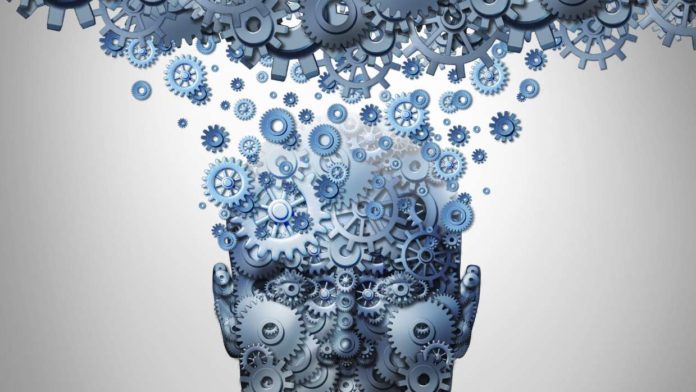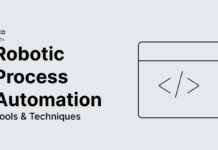Before taking you on tour on what is the next big thing in cognitive automation here is a little insight into what cognitive automation is and what it is not.
Cognitive automation:
It leverages different algorithms such as text analytics, natural language processing, data mining for simplifying the information-intensive processes. Cognitive automation is one of the driving elements of RPA and also for extending the capabilities of the automation systems. When we talk about RPA in its raw form, then it is just like a titular character with the real game changer is the cognitive automation. When a system is rich in cognitive capabilities, it can perform tasks that otherwise need human intervention.
Until now cognitive automation was limited to automating the human bound processes and streamlining the repetitive business processes for enhanced efficiency. Now enterprises are bracing themselves for taking the RPA and cognitive automation to the next level that is coupling RPA with cognitive technologies, machine learning and voice recognition. These steps will ensure that the system will not only work on the pre-based rules but also backed with intelligence and power of judgment.
Such capabilities will be the driving force for companies to spark customer loyalty and also make a good brand reputation.
Automate with Intelligence:
RPA is analogous with intelligent automation where bots are implemented for performing repetitive tasks to reduce costs and enhance efficiencies. But now by leveraging the cognitive capabilities and machine learning, one can start developing intelligent systems that can be applied to high-value tasks that need human intelligence and decision making skills. It will help organizations to automate complex tasks and make sense out of the diverse and unstructured data sets available. It will help to improve the worker performance by providing them with the right details at relevant times.
Enhance the human judgment and intuition
The next level of cognitive automation will help to develop systems that are carved around human-centered designs. Such models use machine analytics that plays a pivotal role to enhance human judgment and make way for innovation. These systems will have the advantage to learn and adapt as new data is fed into them. So, if there is a database full of medical records, then the system will be capable of assisting the doctor to take the right decision.
Neuromorphic systems:
Neuromorphic systems are designed to mimic the human brain. They have the potential to be more generalized than the existing cognitive systems which can be used to make more use-cases from the same system. Currently, the cognitive systems need a vast knowledge base to classify the data sets and start working efficiently. Also, the training time required for these systems is too extensive. So, making a model that resonates with a human brain is quite complex. The motivation of a neuromorphic system is to create a system that can simulate the effects of millions of neurons and synaptic connections. Several other approaches are underway that hold the promise to support cognitive computing in new ways and make it close to the human brain.
Our brain is designed in such a way that it never has a single answer to one problem. The mind returns a response based on the data that has been fed into it over the years. The answer will change as per the time and knowledge available. The synaptic network keeps adding data to it which is unlike of the traditional neural networks where the system has to be re-built from the ground when new datasets were available.
Cognitive automation has a long way to go with advancement that will be pivotal for several business processes.
Bylined article by: Vidushi Singh, Content and Marketing Specialist @ MANTRA LABS.








